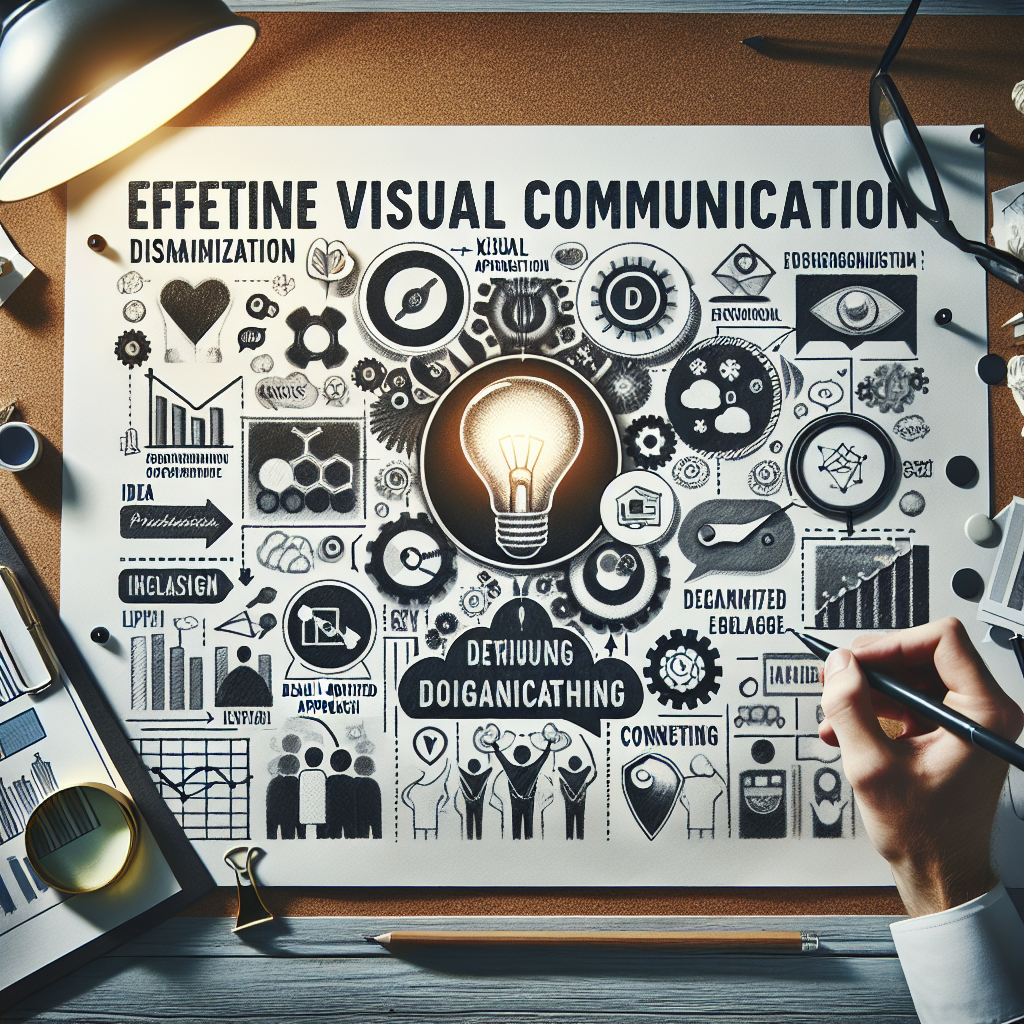Understanding Visual Communication
What is Visual Communication?
Visual communication is the practice of using visual elements to convey ideas and information. This can include anything from images, symbols, and colors to typography and layout. It plays an integral role in how messages are interpreted and understood by an audience. Its importance is underscored by its ability to transcend language barriers and present complex concepts in an easily digestible format.
The Role of Visual Communication in Branding
In the realm of branding, visual communication is paramount. It enhances brand recognition and conveys the core values of a brand. Effective visual elements create a strong identity that sets a brand apart, making it memorable to consumers. From logos to advertising campaigns, every visual component must align with the brand message to reinforce its identity.
Essential Elements of Visual Design
Color Theory and Its Impact on Perception
Colors have a profound impact on human emotions and can influence decision-making processes. Understanding color theory is essential for designers aiming to evoke specific reactions. For instance, blue often evokes trust and calmness, while red can signify excitement or urgency. Deliberate color choices align with brand messaging and create a cohesive visual experience.
Typography: The Art of Text Presentation
Typography is more than just selecting a font; it’s about ensuring readability and enhancing brand identity. The right typography can convey professionalism, creativity, or warmth. It’s crucial to choose fonts and styles that not only look good but also align with the overall aesthetic and voice of the brand.
Imagery and Icons: Enhancing Your Message
Images and icons are powerful tools in visual communication. They can simplify complex information, evoke emotions, and support textual content. **_High-quality_** visuals that resonate with the audience strengthen the overall message and enhance engagement.
Design Tips for Clear and Effective Messaging
Simplicity is Key: The Power of Minimalism
Minimalistic design emphasizes the use of essential elements, stripping away unnecessary clutter. This approach ensures that the core message is not lost amid extraneous details, thereby enhancing comprehension.
Creating a Visual Hierarchy
Visual hierarchy refers to the arrangement of elements to guide the viewer’s attention deliberately. By prioritizing design elements, designers can lead the audience through the content smoothly and ensure that the most critical information stands out.
Utilizing White Space Strategically
White space, or negative space, is a crucial aspect of design. It provides balance and helps to focus the viewer’s attention on the primary message, improving clarity and overall visual appeal. Strategic use of white space can transform a cluttered design into a polished and professional one.
Best Practices for Visuals Across Different Platforms
Adapting Visual Communication for Social Media
Each social media platform has its own set of visual best practices. Tailoring visuals to fit the format and audience expectations of each platform ensures better engagement. For instance, what works on Instagram may need to be adjusted for Twitter or LinkedIn.
Designing for Websites and Mobile Applications
Creating visuals for websites and mobile applications requires a keen understanding of user experience (UX). Considerations include load times, responsive design, and the ease with which users can navigate and interact with visual elements. A seamless and intuitive visual design enhances overall user satisfaction.
The Importance of Consistency in Branding
Establishing a Cohesive Visual Identity
Consistency in visual elements across all platforms helps in establishing a cohesive visual identity. This includes using a unified color palette, typography, and imagery to ensure that whenever audiences encounter the brand, they are met with a consistent visual experience.
Building Brand Recognition Through Visual Consistency
A consistent visual identity aids in building brand recognition. When audiences frequently encounter a specific visual style, they begin to associate it with the brand, leading to stronger brand recall and loyalty.
Measuring the Effectiveness of Visual Communication
Tools and Techniques for Evaluating Visual Impact
Evaluating the effectiveness of visual communication can be done using various tools and techniques, such as A/B testing, heat maps, and user analytics. These methods help in understanding how well visuals are working to communicate the intended message.
Gathering Feedback and Iterating Design
Feedback is a vital part of the design process. Gathering input from the audience allows for continual refinement of visual communication strategies, ensuring that the designs stay relevant and effective.

